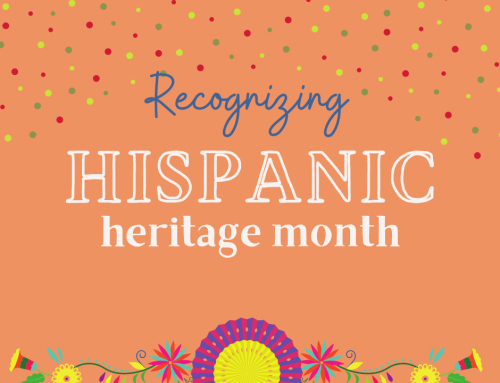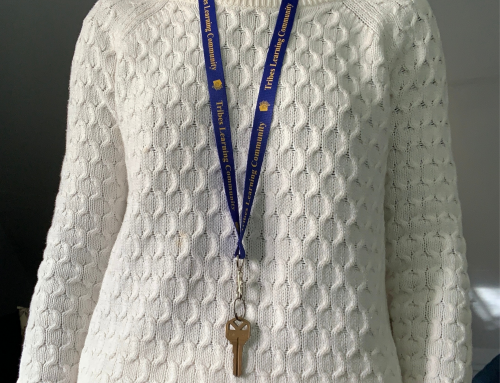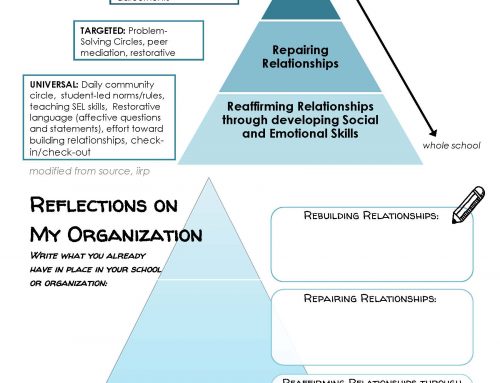Have you ever heard or said, “This is just one more thing to add to my already full plate…”
Consider the perception that Tribes IS the plate; the process supports all the good teaching, methods, tools, and inquiries that educators strive to apply and synthesize. This happens because Tribes TLC is a process that creates a culture that maximizes human development and learning. It integrates three essential qualities for learning – social, emotional, and academic expression.
CASEL (Collaborative for Academic, Social, and Emotional Learning – www.casel.org) defines social emotional learning (SEL) as “a process for helping children and even adults develop the fundamental skills for life effectiveness. SEL teaches the skills we all need to handle ourselves, our relationships, and our work, effectively and ethically.” We all know what the academic piece is, and too often, academics takes priority; there isn’t time for “recognizing and managing our emotions, developing caring and concern for others, establishing positive relationships, making responsible decisions, and handling challenging situations constructively and ethically.”
But there is! CASEL validates “Teaching SEL skills helps create and maintain safe, caring learning environments. The most beneficial SEL programs provide sequential and developmentally appropriate instruction in SEL skills. And Tribes TLC is one of those SELect programs because it “provides outstanding coverage in five essential SEL skill areas; has at least one well-designed evaluation study demonstrating its effectiveness; and offers professional development support beyond the initial training.”
Simply put, take any Tribes TLC strategy, or even just the act of reflection, and it is easy to relate the academic, social, and emotional pieces. Strategies are designed for SEL; inserting content (academics) is the natural and practical realization. Students already know the procedure, enjoy it, and want it…incorporating academic content is just the “RSVP” to the invitation for learning. Reflection questions are designed for content (academic), collaborative (social) and personal (emotional) theme.
Here’s an easy example: Use the strategy “That’s Me”, where students respond to various statements by standing and saying “that’s me”; the facilitator can then ask one of those standing to elaborate and/or simply move on to the next statement. Some examples (the social/emotional component) are:
I enjoy reading more than watching TV
I hope to go to college or trade school
I am proud of something I’ve done lately
I don’t like surprises
I have noticed someone doing something nice today
Then, flip the statements to the ACADEMIC …and this time, be sure to ask whomever is standing to explain or elaborate.
I can explain how to factor 24
I know the difference between quantitative and qualitative
I can give an example of an “appositive”
The whole thing – with all three ingredients (social, emotional, academic) – takes less than ten minutes, and it’s also a reflection on what was learned, how it felt to justify or explain it, and how well students participated in the learning and/or review. Consistent practice with this simple format ultimately leads to more comprehensive strategies for learning and/or reflective practice.
Sounds like a new forum for our growing membership and participation in creating cultures for learning communities…?
Send us your insights, experiences, and questions so we can continue to grow and support this important process for lifelong learning and effectiveness in the 21st century.



I agree that Tribes is the “plate”. As a speech pathologist, I use Tribes strategies with my students to deliver my curriculum -which is speech and language goals determined through the IEP process. Tribes is also a perfect way to address pragmatic language. I am able to teach social skills through the academic content. Tribes teaches effective communication techniques and the students have fun while learning!